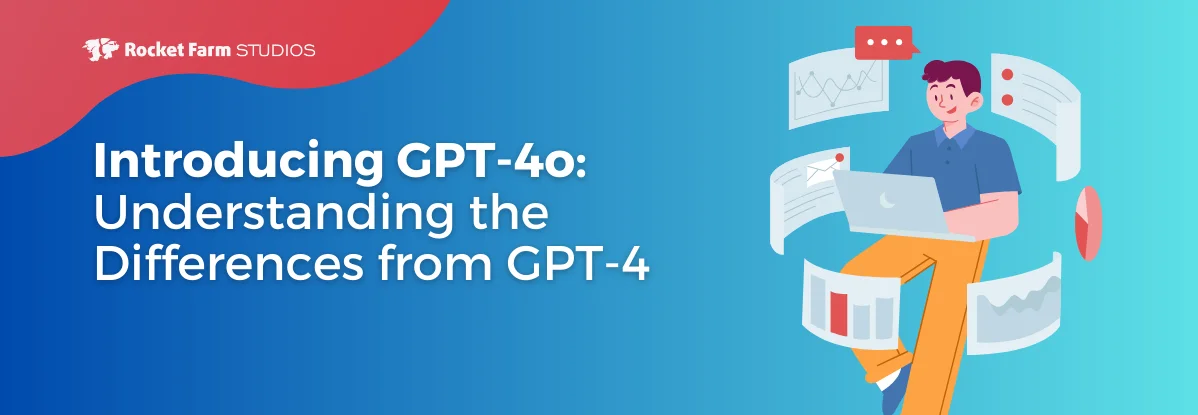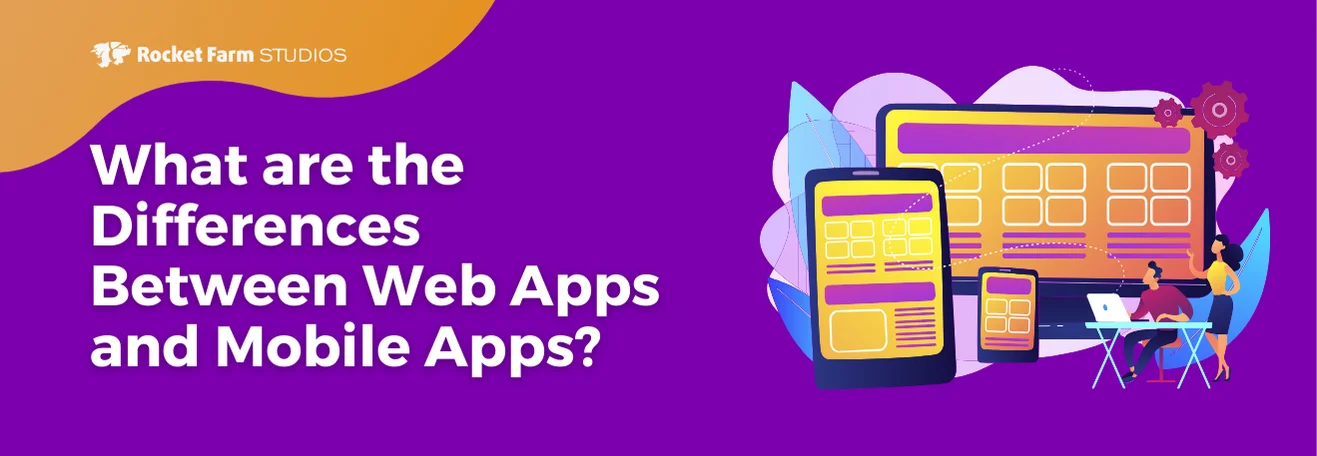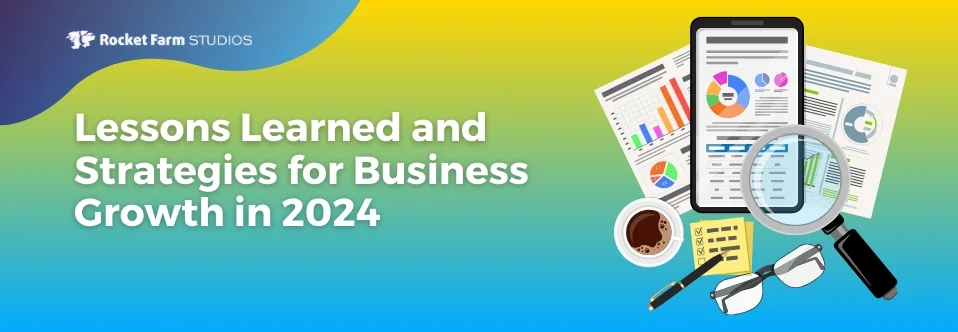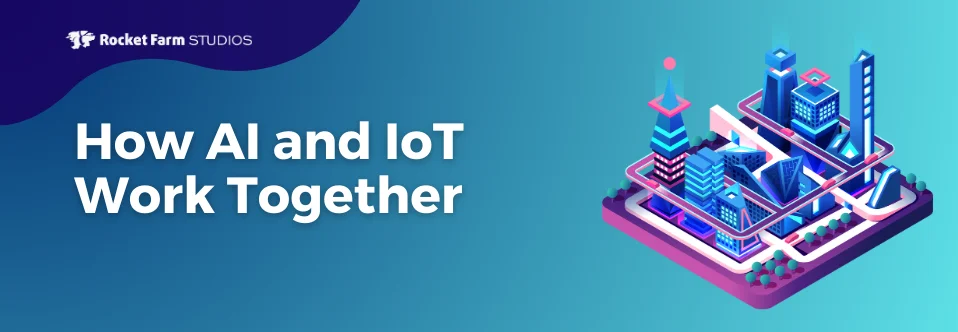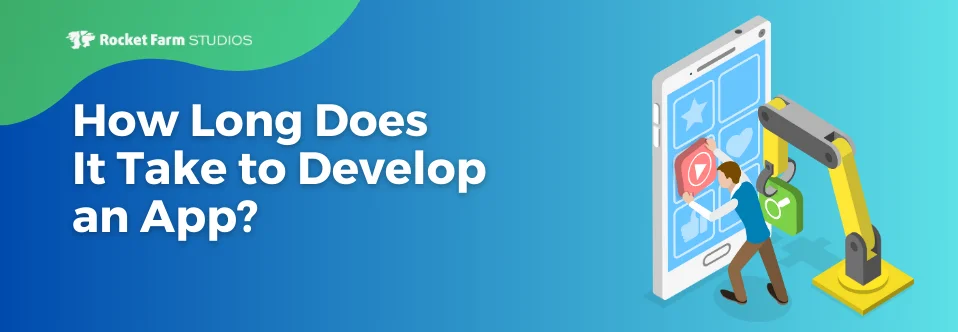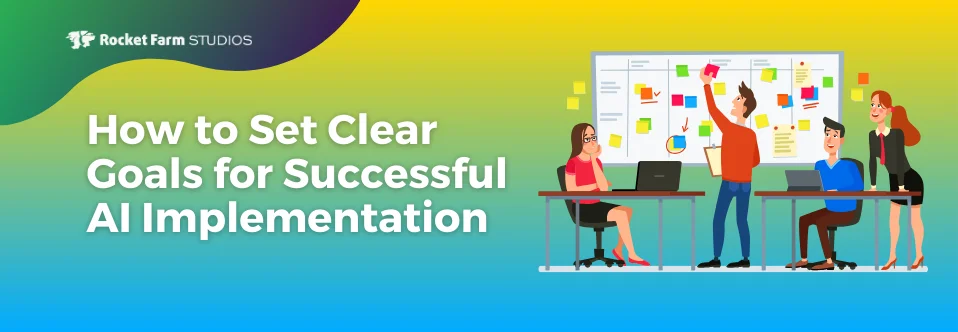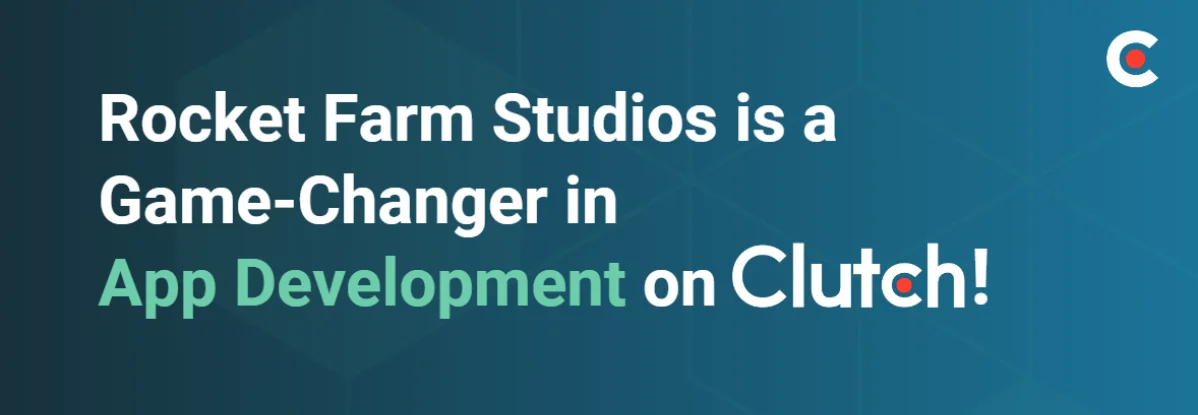OpenAI continues to push the boundaries of artificial intelligence with the unveiling of GPT-4o, the latest and most advanced iteration in their series of AI models. Dubbed “o” for “omni,” GPT-4o is set to revolutionize the AI landscape with its groundbreaking capabilities and sophisticated enhancements that far surpass its predecessor, GPT-4. This isn’t just an upgrade; it’s a leap forward that redefines what AI can achieve.
GPT-4o builds upon the solid foundation laid by GPT-4, introducing a suite of new features that enhance its performance, versatility, and applicability across a multitude of fields. From advanced multi-modal integration to improved contextual understanding and efficiency, GPT-4o is designed to meet the growing demands of users and developers alike.
Let’s dive into the key differences between GPT-4o and GPT-4, and understand what these changes mean for various applications and industries.
Key Enhancements in GPT-4o
1. Multi-Modality Integration
One of the primary differences between GPT-4o and its predecessor is the integration of multi-modality. While GPT-4 was limited to text processing, GPT-4o can handle multiple types of data, including text, images, and audio. This enables more comprehensive AI interactions and the ability to provide richer, context-aware responses.
For instance, GPT-4o can analyze an image and generate descriptions or transcriptions of audio, capabilities that GPT-4 lacked. This makes GPT-4o more versatile for applications requiring multi-modal understanding, such as virtual assistants and automated content creation. The ability to process and generate various forms of data means that GPT-4o can be used in a broader range of scenarios, offering more practical solutions for businesses and developers.
This multi-modality is particularly advantageous in fields like healthcare, where the ability to analyze medical images and patient records simultaneously can lead to more accurate diagnostics and treatment plans. Similarly, in the education sector, GPT-4o can combine visual aids with textual explanations, enhancing the learning experience for students.
2. Enhanced Contextual Understanding
GPT-4o features an improved neural architecture designed to better understand and generate nuanced text. This advancement allows GPT-4o to handle more complex instructions and generate coherent long-form content with greater accuracy. Users may find that GPT-4o can follow more intricate conversation threads and provide more relevant answers than GPT-4.
The improvements in contextual understanding mean that GPT-4o can better grasp the subtleties of human language, such as idiomatic expressions, metaphors, and cultural references. This makes interactions with the AI feel more natural and intuitive. Additionally, the enhanced architecture helps GPT-4o maintain context over longer conversations, reducing the likelihood of misunderstandings and irrelevant responses.
In practical terms, this means that GPT-4o can be used more effectively in customer service applications, where understanding the customer’s intent and providing accurate, contextually relevant responses is crucial. It also enhances the AI’s ability to generate creative content, such as storytelling or scriptwriting, where maintaining narrative coherence is essential.
3. Efficiency and Scalability
GPT-4o has been optimized for efficiency, making it less resource-intensive compared to GPT-4. This means that GPT-4o can deliver faster response times and operate with lower computational costs, which is crucial for large-scale deployments. This improvement makes GPT-4o more suitable for businesses and applications requiring high-speed processing and scalability.
The optimization efforts include better memory management and reduced latency, which allows GPT-4o to handle larger datasets and more simultaneous users without a significant drop in performance. This is particularly beneficial for enterprise-level applications, where the ability to scale quickly and efficiently can be a major competitive advantage.
For developers, this means that integrating GPT-4o into existing systems will be more straightforward and cost-effective. The reduced resource consumption also makes it feasible to deploy GPT-4o in edge computing environments, where computational resources are limited. This opens up new possibilities for using advanced AI in IoT devices, smart appliances, and other embedded systems.
Ethical Considerations
OpenAI has placed a stronger emphasis on ethical AI development with GPT-4o. The new model includes advanced safety mechanisms designed to minimize harmful outputs and mitigate biases. These features aim to address some of the ethical concerns raised with previous models and ensure more responsible AI usage.
However, it is important to note that while these mechanisms represent progress, they are not foolproof. Users and developers must remain vigilant about potential biases and ethical implications in AI applications. OpenAI has implemented improved content filtering to prevent the generation of harmful or inappropriate content, but the effectiveness of these filters depends on continuous monitoring and updating.
Additionally, OpenAI has introduced more robust transparency measures, allowing users to better understand how the AI arrives at its decisions. This includes clearer documentation and the possibility of auditing the AI’s decision-making process. While these measures enhance accountability, they also require users to engage actively with the ethical aspects of AI deployment.
Despite these advancements, the ethical landscape of AI remains complex and dynamic. Developers and users must collaborate to ensure that AI technologies are used responsibly and that the benefits of AI are distributed equitably across society. This involves ongoing dialogue with stakeholders, including ethicists, policymakers, and the public, to address emerging challenges and mitigate risks.
Practical Applications
The enhancements in GPT-4o open up new possibilities across various fields with new and advanced capabilities that were not present in GPT-4:
- Healthcare: GPT-4o can analyze patient data and generate detailed medical reports with a higher degree of accuracy and context. Its multi-modal capabilities enable it to process medical images, lab results, and patient histories simultaneously, providing comprehensive insights for healthcare professionals. This can lead to more accurate diagnostics and personalized treatment plans.
- Education: The model can provide personalized tutoring and create educational content with interactive elements that adapt in real-time to a student’s learning pace and style. By integrating visual aids, audio explanations, and interactive quizzes, GPT-4o offers a more engaging and tailored learning experience, which is a step up from the static text responses of GPT-4.
- Customer Service: GPT-4o can handle complex customer inquiries with improved contextual understanding and accuracy. Its ability to maintain context over long conversations ensures that customers receive consistent and relevant support, enhancing overall satisfaction. Moreover, it can interpret and respond to audio inputs, enabling more natural and efficient voice-based customer service interactions.
These applications demonstrate the potential benefits of GPT-4o but also highlight the need for careful implementation to ensure ethical and effective use. For instance, in healthcare, the use of AI must comply with stringent privacy regulations, such as HIPAA, to protect patient information. In education, the integration of AI should complement, not replace, human teachers, providing supplementary support to enhance learning outcomes.
Furthermore, the deployment of GPT-4o in customer service requires robust oversight to prevent misuse and ensure that the AI operates within ethical guidelines. This includes regular audits and updates to the AI’s training data to address biases and ensure that the AI remains aligned with the company’s values and customer expectations. Similarly, in content creation, it is essential to maintain originality and prevent the dissemination of misinformation, requiring careful review and editing by human professionals.
Final Thoughts
GPT-4o represents a significant step forward from GPT-4, introducing multi-modal capabilities, enhanced contextual understanding, and improved efficiency. These advancements offer substantial benefits, such as more comprehensive AI interactions, better understanding of human language, and more efficient use of computational resources.
However, it is important to recognize that while GPT-4o brings notable improvements, these updates represent a minimal shift in capabilities compared to earlier releases. The core functionality of the AI remains largely consistent with previous models, and the incremental enhancements, though valuable, do not constitute a revolutionary change.
As AI technology continues to evolve, understanding the differences between iterations like GPT-4 and GPT-4o is crucial for developers and users alike. GPT-4o’s improvements reflect the ongoing efforts to make AI more versatile and effective, while also addressing some of the limitations and ethical issues inherent in previous models.
While GPT-4o marks a step in the right direction, the journey towards more advanced and responsible AI is far from complete. Stakeholders must remain committed to ethical practices, transparency, and collaboration to ensure that AI technologies are developed and deployed in ways that benefit society as a whole.
For developers, this means staying informed about the latest advancements and actively participating in the dialogue around ethical AI use. For users, it involves being aware of the capabilities and limitations of AI technologies and advocating for responsible AI practices. Together, we can shape the future of AI to be both innovative and ethically sound.




